Rubber balls have emerged as versatile items, finding utility in many contexts. From entertaining pets to industrial applications, these small, bouncy spheres come in various types and cater to diverse needs.
Types of rubber balls
Rubber balls for dogs are crafted explicitly from non-toxic rubber, ensuring a robust construction that can withstand dogs' vigorous play and chewing habits. Hard rubber balls for dogs excel in fetching games, guaranteeing a satisfying bounce making it enjoyable for dogs to chase and retrieve. Additionally, these balls function as chew toys, offering a safe outlet for dogs. The rubber composition is gentle on their teeth and gums. Some may include treating compartments and promoting mental stimulation as the dog works to extract the hidden treats. Others may have a buoyant quality, making them suitable for water-based play. Individuals use small rubber balls as stress balls for stress relief and hand exercise. Squeezing these balls can help alleviate tension, improve circulation, and promote relaxation. Their firm yet pliable nature in rehabilitation and therapeutic exercises makes solid rubber balls suitable for assisting individuals in improving agility and building muscle strength. Hard rubber balls also play a role in recreational activities. They are commonly used in games such as dodgeball and handball. The solid construction ensures consistent performance and longevity even in high-impact situations.
How to make rubber balls
To start, gather materials: borax powder, cornstarch, white glue, water, food coloring (optional), measuring spoons, plastic cups, a mixing bowl, and a spoon for stirring. First, blend 2 teaspoons of borax powder in a plastic cup with ½ cup of warm water until the borax fully dissolves. In a mixing bowl, combine 1 tablespoon of cornstarch, 2 tablespoons of white glue, and a few drops of food coloring if people want to add color to the rubber ball. Mix these ingredients thoroughly. Slowly pour the borax solution into the cornstarch mixture while continuously stirring until the concoction thickens and takes on a ball-like consistency. Next, use hands to knead and shape the mixture into a ball. If the mixture feels sticky, add a small amount of cornstarch to make it easier to handle. Ensure the ball holds its shape. Adjust the mixture by adding small amounts of cornstarch or borax solution until the desired consistency. Allow the formed rubber ball to firm up for a few minutes. Test its bounce by gently dropping it on a smooth surface. Once satisfied, let the ball air dry for a few hours until it hardens completely. Remember, this homemade method is suitable for crafting simple rubber-like balls for light play. Advanced manufacturing processes and specialized materials are used for professional-grade rubber balls.
As people explore rubber ball types and applications, it becomes evident that these small spheres significantly enhance lives in unexpected ways.











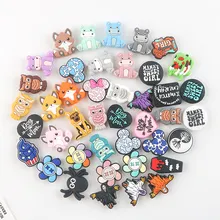


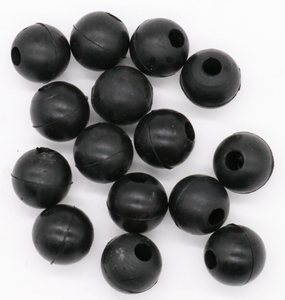
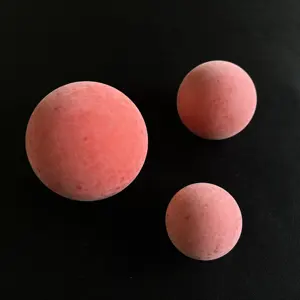


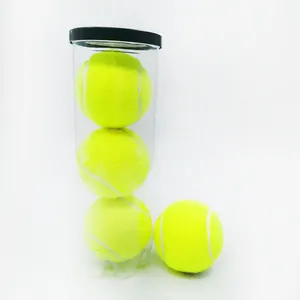
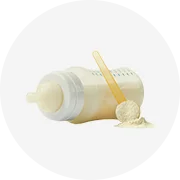

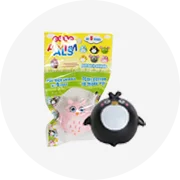
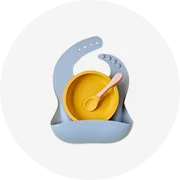
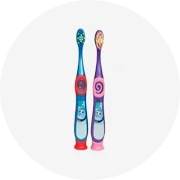
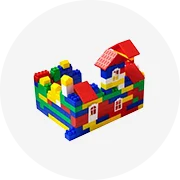
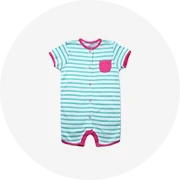



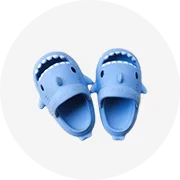
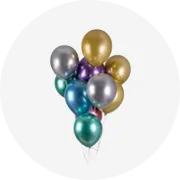


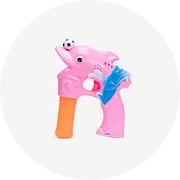








 浙公网安备 33010002000092号
浙公网安备 33010002000092号 浙B2-20120091-4
浙B2-20120091-4